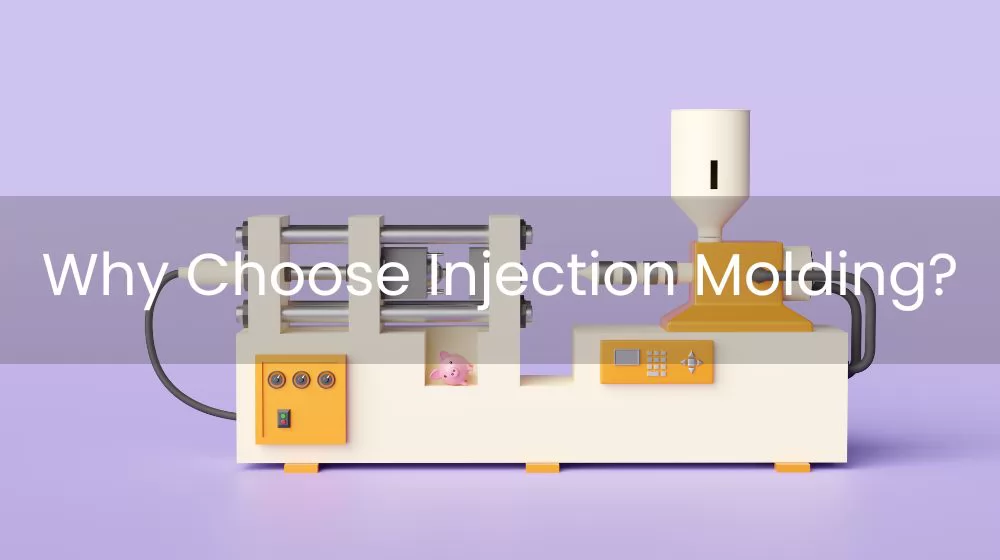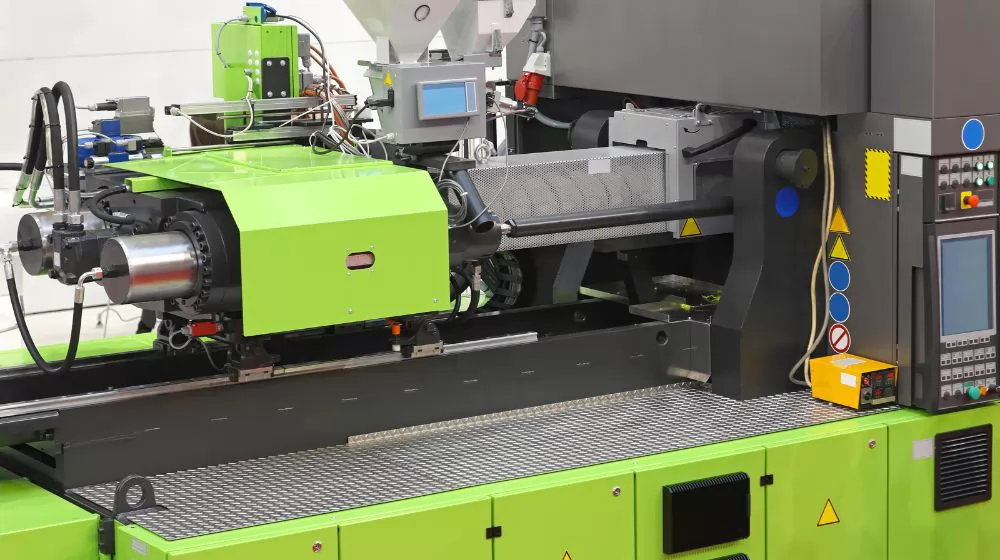
What is injection molding? Injection molding is a manufacturing process widely used in various industries, including automotive, electronics, medical and consumer goods. This article highlights the top ten reasons why injection molding is the first choice for producing high-quality, cost-effective plastic parts.
Top 10 Reasons Why Choose Injection Molding

1.Versatility and Design Freedom
Injection molding allows complex and intricate designs to be created with high precision. Its versatility makes it possible to produce parts with different sizes, shapes and textures to meet a wide range of product requirements.
2.Cost-effectiveness
Injection molding enables mass production, reducing unit costs. High production speeds and automated processes help reduce labor costs and increase efficiency, making injection molding an economical choice for high-volume production.
3.material selection
Injection molding supports a wide range of thermoplastic and thermoset materials. From commodity plastics to high-performance engineering resins, manufacturers can use a wide range of materials to meet specific product needs for strength, durability and aesthetics.
4.Consistent Part Quality
Injection molding ensures consistent part quality through precise control of parameters such as temperature, pressure, and cooling time. Variations are minimized using advanced machinery and automation to produce uniform parts to tight tolerances.
5.Fast production cycle
Due to the ability to produce multiple parts simultaneously, injection molding has shorter lead times than other manufacturing methods. Fast turnaround times lead to faster product launches, faster time-to-market and improved customer satisfaction.
6.Scalability
Injection molding is highly scalable and can accommodate production volumes from small batches to large-scale manufacturing. Its flexibility allows manufacturers to adjust production quantities according to market demand, ensuring efficient resource utilization.
7.Sustainability
The injection molding process promotes sustainability by minimizing material waste through the use of reground and recycled plastics. Additionally, advances in materials science and mold design have led to the development of bio-based and biodegradable resins, further reducing environmental impact.
8.Enhanced Product Features
Injection molding facilitates the integration of multiple components into one part, eliminating the need for additional assembly processes. This integration enhances product functionality, improves reliability, and reduces potential points of failure.
9.Surface treatment and customization
Injection molding offers a wide range of surface finishes, from high gloss to textured patterns, enabling manufacturers to achieve the desired look and feel for their products. In addition, customization such as color matching, insert molding and overmolding opens up endless possibilities for design innovation.
10.Repeatable process and tool life
Injection molds are designed to withstand high production volumes, ensuring a repeatable process with consistent results over time. Proper maintenance and regular inspections extend the life of your molds, maximize mold life and minimize production downtime.
Injection Molding FAQs

Q1: What are the products that generally use injection molding?
A: Injection molding is used to manufacture a wide range of products such as automotive components, electronic housings, medical devices, consumer goods such as bottles, toys and kitchenware, packaging materials and plastic parts in many other industries.
Q2: How does injection molding ensure consistent part quality?
A: Injection molding achieves consistent part quality through precise control of process parameters such as temperature, pressure, and cooling time. Advanced mechanics and automation help minimize variation, ensuring uniform parts that meet tight tolerances.
Q3: What are the considerations when designing injection molded parts?
A: When designing a part for injection molding, it is important to consider factors such as wall thickness, draft angle, gate location, and use of ribs or fillets to ensure proper mold filling, part ejection, and overall structural integrity.
Q4: Is injection molding environmentally friendly?
A: Injection molding can be environmentally friendly. It reduces material waste by utilizing reground and recycled plastics. Additionally, advances in materials science have led to the development of bio-based and biodegradable resins, making injection molding a more sustainable option.
Q5: How long can the injection mold be used?
A: The life of an injection mold depends on many factors, including the materials used, mold design, maintenance and production conditions. With proper maintenance and regular inspections, molds can last hundreds of thousands or even millions of cycles.
Q6: Are there any restrictions on injection molding?
A: While injection molding has many advantages, it also has some limitations. Complex molds can be expensive to manufacture, especially for small batches. Additionally, certain designs with thin walls or complex features may require special consideration to ensure proper filling and ejection of the mold.
Q7: Can injection molds be refitted or repaired?
A: Yes, injection molds can be modified or repaired to accommodate design changes or to resolve any issues that may arise during production. Skilled mold makers can make necessary adjustments or repairs to the mold, which helps to prolong the service life of the mold and ensure the continuity of production.
Conclusion
Top 10 reasons for choosing injection molding as the manufacturing process of choice are its versatility, cost-effectiveness, material selection, consistent part quality, fast production cycle times, scalability, sustainability, enhanced product features, surface finish options and Mold life. These factors make injection molding ideal for industries looking for efficient, reliable, and high-quality plastic part production.If you need, you can contact us.


